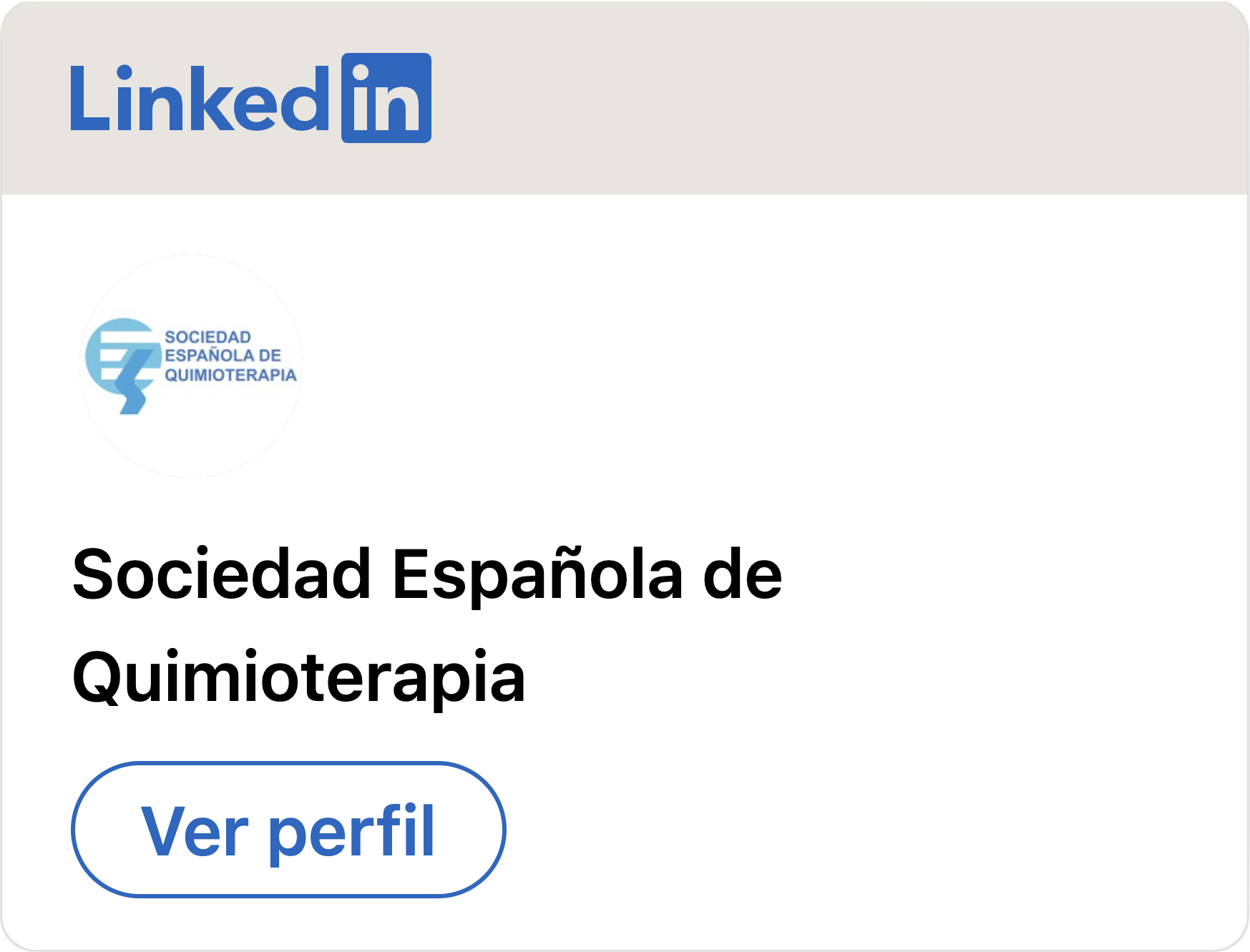Rev Esp Quimioter 2016, 29(6):296-301
Seasonal influenza in octogenarians and nonagenarians admitted to a general hospital: epidemiology, clinical presentation and prognostic factors
JOSÉ M. RAMOS, M. MAR GARCÍA-NAVARRO, M. PILAR GONZÁLEZ DE LA ALEJA, ROSARIO SÁNCHEZ-MARTÍNEZ, ADELINA GIMENO-GASCÓN, SERGIO REUS, ESPERANZA MERINO, JUAN C. RODRÍGUEZ-DÍAZ JOAQUÍN PORTILLA
Background. Seasonal influenza is responsible for high annual morbidity and mortality worldwide, especially in elderly patients. The aim of the study was to analyse the epidemiological, clinical and prognostic features of influenza in octogenarians and nonagenarians admitted to a general hospital, as well as risk factors associated with mortality.
Methods. Retrospective, cross-sectional, descriptive study in patients admitted and diagnosed with influenza by molecular biology in the General University Hospital of Alicante from 1 January to 31 April 2015.
Results. A total of 219 patients were diagnosed with influenza in the study period: 55 (25.1%) were ≤64 years-old; 77 (35.2%) were aged 65–79; 67 (30.6%) were aged 80–89 years; and 20 (9.1%) were aged ≥90 years. Most flu episodes were caused by influenza A (n=181, 82.6%). Patients aged 80 years or older had lower glomerular filtration rate (mean: 49.7 mL/min vs. 62.2 mL/min; p=0.006), a greater need for non-invasive mechanical ventilation (22% vs 9.3%; p=0.02), greater co-morbidity due to cardiac insufficiency (40.5% vs. 16.4%; p<0.001) and chronic renal disease (32.9 vs. 20%, p=0.03), and greater mortality (19% vs. 2.9%; p<0.001). In a multivariate analysis, mortality was higher in those aged 80 or over (adjusted odds ratio [ORa] 9.2, 95% confidence interval [CI] 1.65–51.1), those who had acquired the flu in a long-term care facility (ORa 11.9, 95% CI 1.06–134), and those with hyperlactataemia (ORa 1.89, 95% CI 1.20–3.00).
Conclusions. Seasonal influenza is a serious problem leading to elevated mortality in octogenarian and nonagenarian patients admitted to a general hospital.
Rev Esp Quimioter 2016; 29(6):296-301 [pdf]

